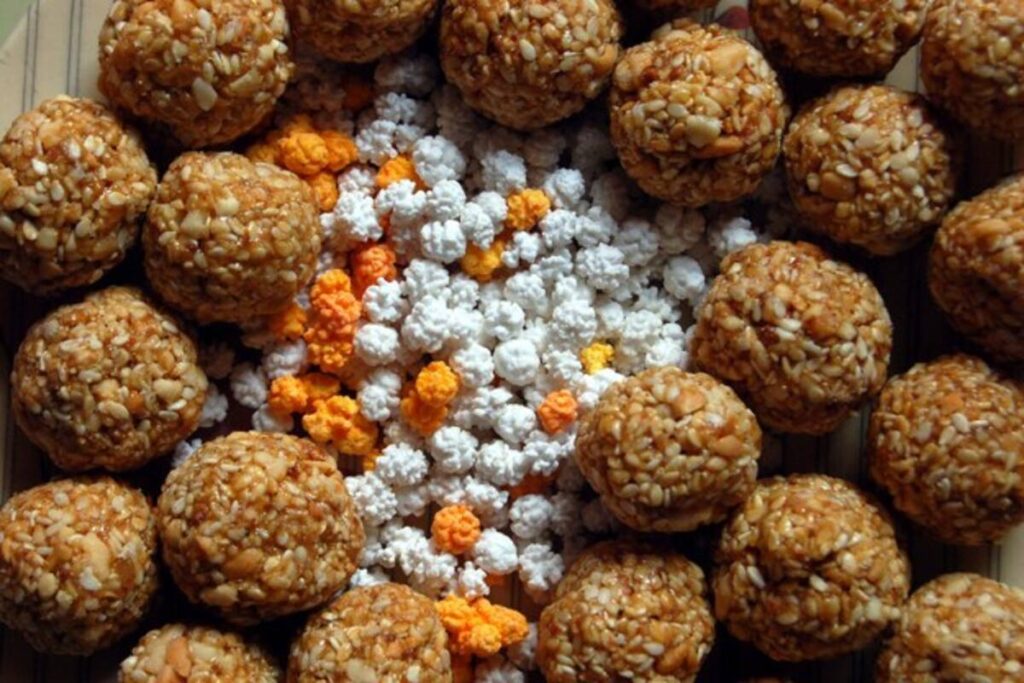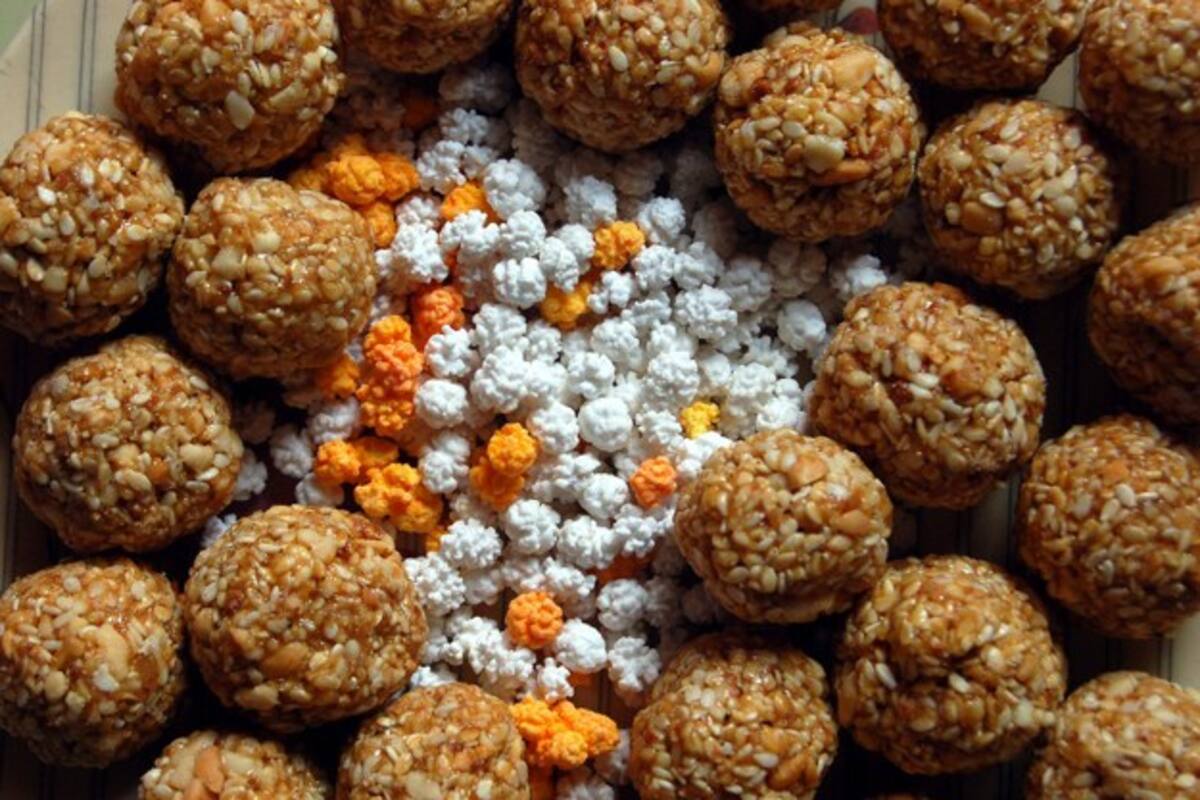
Makar Sankranti, falling on January 14TH 2025. Marks the entry of the Sun into the Makar Rashi (Capricorn). A transition that holds significant spiritual and cultural importance in the Hindu calendar. In the Sanatan Hindu Dharm, it is believed that the Sun, after moving into Makar Rashi. Stays there for a month, accompanied by Shani, the ruling deity of the zodiac sign. This auspicious occasion heralds the beginning of a new season. And is often seen as the perfect time for celebrations, including weddings, which are believed to be most favorable after Makar Sankranti.
The Kumbh Mela and the Sacred Rituals of Makar Sankranti
This year, Makar Sankranti is even more significant as it coincides with the commencement of the Kumbh Mela in Prayagraj. Where millions of devotees will gather to take part in the Shahi Snaan (royal bath) at the confluence of the Ganga, Yamuna, and Gupt Saraswati rivers. The day is marked by reverence towards the Sun, and devotees observe various spiritual practices to honor the deity.
On this day, it is customary to offer water to the Sun, consume a simple meal of khichadi. And refrain from non-vegetarian food, onion, garlic, alcohol, smoking, and even celibacy for purification. Mukesh Pandya, a Brahmin from the region, elaborates on these practices. Saying, “To attain Moksha, one must observe these rituals diligently. Including donations like sesame seeds, oil, yellow cloth, woolen clothes, and copper utensils to those in need.”
The Scientific and Symbolic Reasons Behind the Rituals
Sukumar Barve, a purohit from South Goa, explains that the rituals associated with Makar Sankranti are not only religious but also deeply rooted in scientific reasoning. He shares that many of the practices, while appearing religious, serve as healthy advice disguised as rituals. By following these customs, people unknowingly promote better health and wellness, contributing to the well-being of both body and mind.
Festivities Across India: A Diverse Celebration
Makar Sankranti is celebrated in various ways across different states of India, each adding its own unique touch to the festival. In Gujarat, it is popularly known as Uttarayan, marked by the vibrant tradition of kite flying. The sky is filled with colorful kites, and the entire state comes alive with festivities. Naina Patel, a Gujarati businesswoman from Margao, shares that despite not flying kites in Goa. she follows the tradition of cooking undhiyu (a mixed vegetable dish), sesame seed laddoos, and jalebi-fafda, which are traditionally enjoyed on this day.
In Maharashtra, a popular saying “Tilgul ghya, god god bola” resonates during the festival. Tilgul, made of sesame seeds, ghee, and jaggery, is exchanged among friends and family. This practice, which symbolizes the importance of sweet words and harmony, is also associated with donating sesame seeds and oil for a good cause.
The Ritual of Haldi Kumkum: A Celebration of Women’s Bond
A prominent tradition observed by married women on Makar Sankranti is the Haldi Kumkum ceremony. This informal get-together allows women to visit each other’s homes and exchange gifts, fostering a sense of community and camaraderie. Traditionally, this ritual has also served as a respite for women who often find themselves burdened with household chores, providing them a much-needed break.
The Meaning and Legends Behind Makar Sankranti
The celebration of Makar Sankranti is also steeped in legend. According to the Mahabharata, it is believed that the great warrior Bhishma chose this day to leave his mortal form, thus attaining Moksha. The day is seen as particularly auspicious for those seeking liberation from the cycle of rebirth.
In another legend, the miscommunication of Lord Shiva’s instructions to his bull, Nandi, led to the mistaken belief that oil baths should be taken every month, while food was only required once a month. This led to Nandi being sent to earth to assist farmers, teaching them the importance of producing more grains to sustain a daily diet.
Celebrations at Home: Rituals and Offerings
On Makar Sankranti, many people perform puja to bless their homes and families. Offerings of rice, channa dal, jaggery, and coconut are presented to the family deity. And a lamp is placed in the center of a Donno (a vessel) containing the nivedya (offering). This lamp is then taken around the corners of the house to remove any evil, which is said to lurk in dark corners. The Donno is then thrown into the rivulet, symbolizing the expulsion of negativity.
Food plays an essential role in the celebrations. As the offerings and meals prepared on this day are meant to provide warmth and energy for the body during mid-winter. Laddoos made of sesame and jaggery are distributed to friends and family as part of the celebration. Along with a warm greeting of “Tilgul gya, god god bola,” which means “Take the sesame and jaggery, and speak sweet words.”
A Modern Twist to Tradition
The rituals and customs associated with Makar Sankranti provide a unique opportunity to connect with family, community, and the environment. While traditional practices continue to be passed down through generations. There is also space for new ideas and interpretations that resonate with the modern world. Whether it’s celebrating Haldi Kumkum in an eco-friendly manner. Or making handmade gifts, Makar Sankranti can be a festival that honors both tradition and contemporary values.
Ultimately, Makar Sankranti reminds us of the cyclical nature of life and the importance of balance. Between honoring age-old customs and embracing change for a brighter, more sustainable future.


